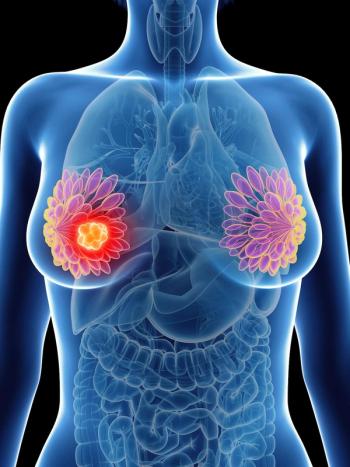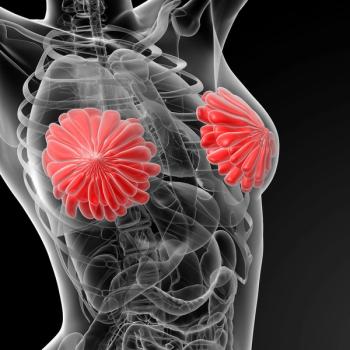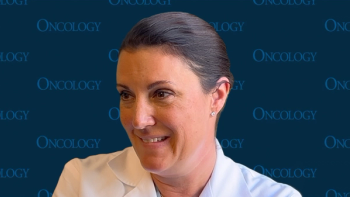
Researchers Discover CBX8 Protein Overexpression in Breast Cancer
Researchers at Mount Sinai have made a crucial discovery in breast cancer by identifying a protein called CBX8, which promotes tumor growth.
Researchers at Mount Sinai have made a crucial discovery in breast cancer by identifying a protein called CBX8, which promotes tumor growth. The study, first
During the 1940s, British biologist Conrad Waddington defined
“Looking beyond traditional genetics is critical because we have learned that epigenetic factors, the protein CBX8 in this case, are required for tumorigenesis and malignant phenotypes of breast cancer cells,” said Emily Bernstein, PhD, Associate Professor of Oncological Sciences and Dermatology at the Icahn School of Medicine at Mount Sinai, in a
CBX8 maintains a stem cell-like gene expression pattern in breast cancer cells and specifically in a pathway called Notch signaling. This cellular pathway is important for both mammary development and tumorigenesis (tumor formation), and when CBX8 is dysregulated, the result is uncontrolled cell growth. Chi-Yeh (Jay) Chung, a PhD candidate at the Icahn School of Medicine and lead author of the new study, describes this process as “hijacking” CBX8 in breast cancer cells.
“Our genomic analysis revealed, both in mouse and human breast cancer cell lines, that CBX8 promotes the Notch signaling pathway,” Dr. Chung adds.
The researchers note that in previous studies, upregulation of Notch also confers drug resistance, particularly in the triple-negative cancer subtype (TNBC) that does not express estrogen receptor (ER), progesterone receptor (PR) or HER2, and is much more difficult to target and treat than other breast cancers. Because of this, the Mount Sinai team is studying other targets and pathways, to determine more options for patients, particularly those with the difficult to treat TNBC, which accounts for 15% to 20% of breast cancer diagnoses.
Newsletter
Stay up to date on recent advances in the multidisciplinary approach to cancer.


















































































